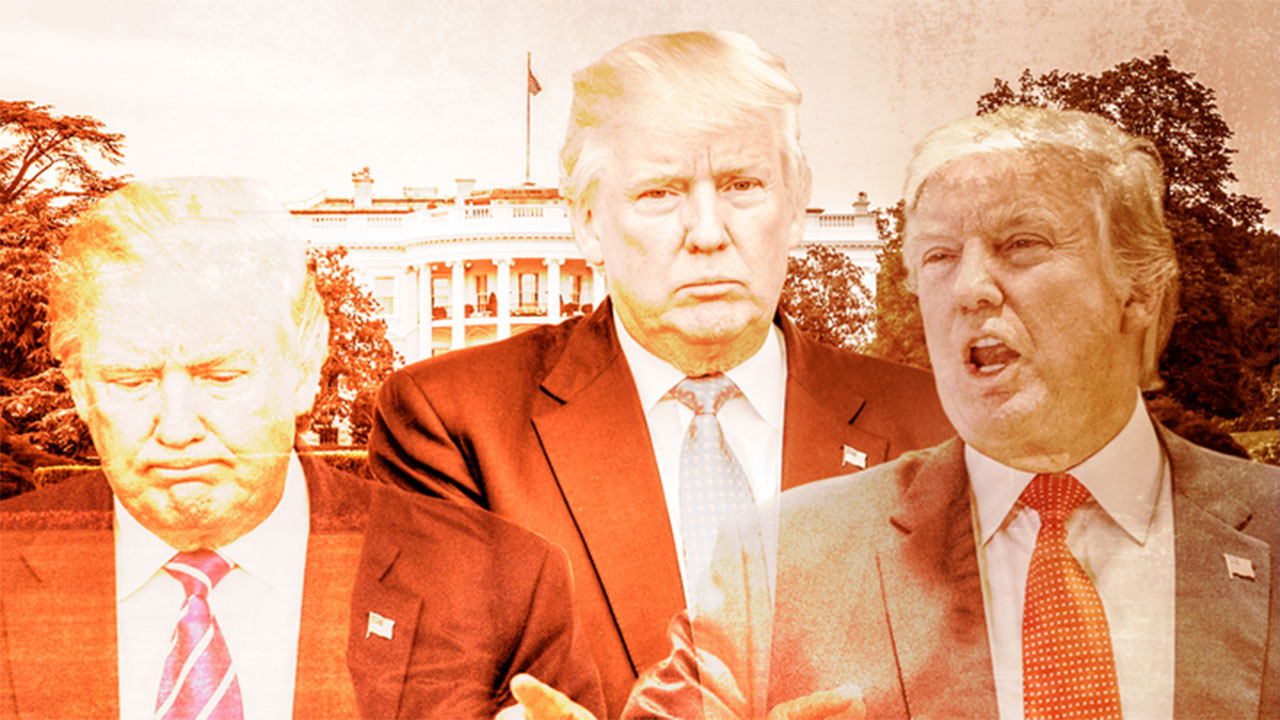The moment seemed too surreal to believe.
Ten days ago, on the eve of a special election to fill Montana’s only U.S. House seat, GOP nominee Greg Gianforte was being pressed by a reporter.
Ben Jacobs of The Guardian wanted his response to the Congressional Budget Office’s report showing the devastation that would be caused by the House-passed bill to repeal the Affordable Care Act.
Gianforte did not answer the question. Instead, he grabbed Jacobs by the neck with both hands and slammed him to the ground. Then he began punching the reporter, yelling, “I’m sick and tired of you guys. … Get the hell out of here!”
Gianforte was charged with misdemeanor assault. The next day, Montana’s voters elected him to Congress.
Welcome to Donald Trump’s America.
It’s an America where the social norms that stitch our society together – the unwritten rules of common decency and civilized behavior that have been built up over generations – are unraveling before our very eyes.
Trump’s racially charged, xenophobic campaign, coupled with his attacks on so-called political correctness, not only energized the white supremacist movement but gave people a license to act on their worst instincts – their anger, their prejudices, their resentments.
It’s getting ugly out there. And the ugliness isn’t likely to subside any time soon.
The president has “unearthed some demons,” U.S. Rep. Mark Sanford, a Republican from South Carolina, told the Washington Post. “I’ve talked to a number of people about it back home. They say, ‘Well, look, if the president can say whatever, why can’t I say whatever?’ He’s given them license.”
The gloves are off.
But it isn’t just rude speech we’re talking about. Sometimes, hateful speech is a prelude to violence.
On Memorial Day weekend, two men on a commuter train in Portland were stabbed to death and another injured when they stood up to man who was harassing a pair of women, one wearing a hijab, with what police described as “hate speech.” In Washington, two Native American men were intentionally run over by a white man screaming racial slurs. One died and the other was hospitalized.
We first detected what we called the “Trump Effect” more than a year ago when our Teaching Tolerance project surveyed 2,000 educators in its network. A large majority of the teachers reported that Trump’s campaign rhetoric was inflaming racial and ethnic tensions in the classroom and causing a sharp uptick in the bullying of minority children. “I think Trump’s rude and brash behavior teaches my students that they can act like that,” wrote one teacher.
A second survey of 10,000 teachers in November reinforced the findings. Then, we documented nearly 900 bias-related incidents across the country in the first 10 days after the election. Many of the perpetrators referenced Trump or his campaign slogans.
This came after we all witnessed repeated instances of violence at Trump’s campaign rallies, sometimes encouraged by the candidate.
Now, some right-wing politicians and activists are openly embracing the rhetoric of violence – and in some cases violence itself – as a political tactic.
During a recent shoving match that passed for legislative debate in Texas, a Republican state representative threatened to shoot a Democratic, Latino colleague after becoming angry about Latino protesters in the gallery.
After the Gianforte incident, Christian right radio host Dave Daubenmire cheered the assault and praised both Gianforte and Trump for their aggression. “The only thing that is going to save Western civilization is a more aggressive, a more violent Christianity,” he said.
Meanwhile, in Portland, the local GOP chair suggested using far-right, antigovernment militias – armed paramilitary groups steeped in paranoia and often racism – to protect Republican politicians when they make public appearances.
We’re getting into uncharted territory here: Trump’s America, where divided we shall surely fall.
The social norms we observe allow us to build a society that aspires to fairness, equality and a common good that makes the world better for all of us. These norms are expressed in the world’s great religions, and they’re taught to generations of children in our schools, in our homes and in other institutions.
Once they’re cast aside, my guess is that it will be a serious challenge to get them back.



